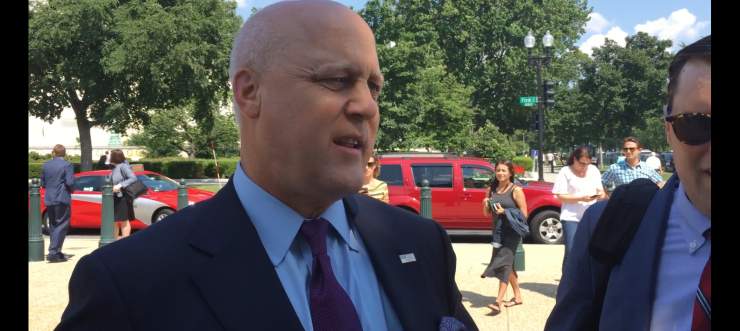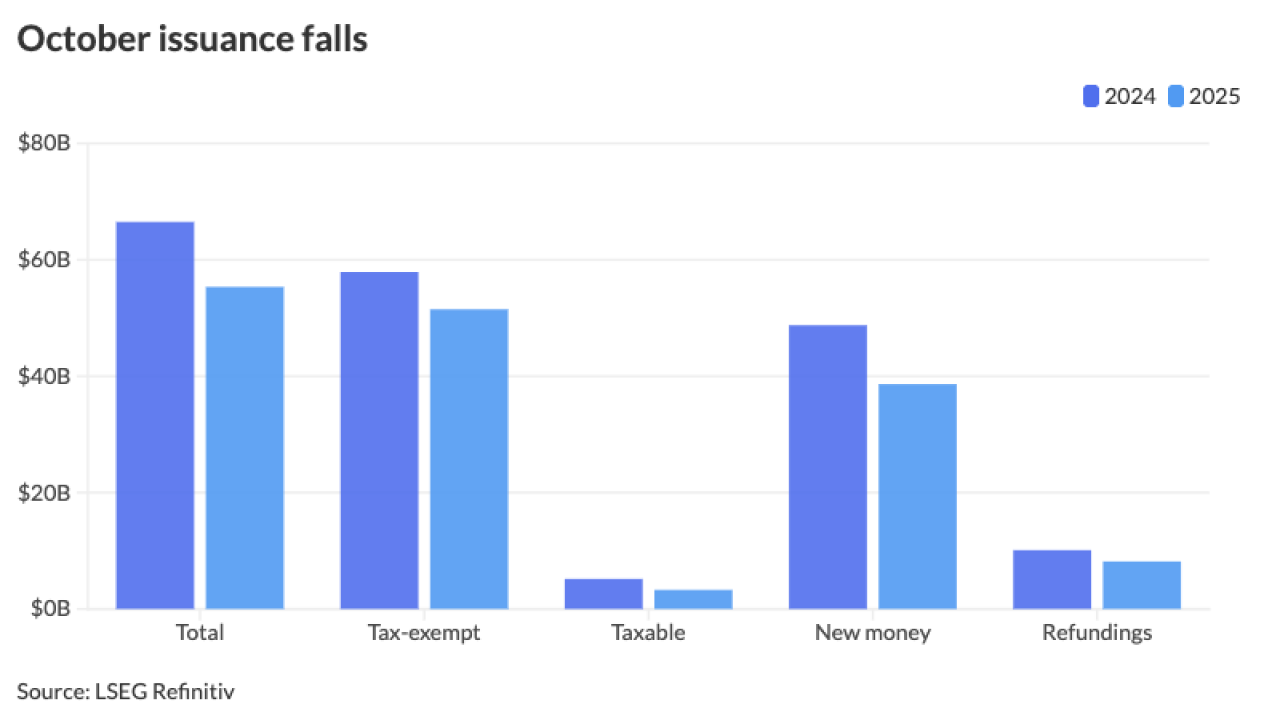As of today, rail riders can buy a ticket from Orlando, Florida to Miami on a train that runs 130 miles per hour. It's the closest the country has gotten to offering high-speed rail.
The good news was received warmly by high-speed rail leaders gathered in Washington D.C to compare notes on tapping a finite amount of federal funding made available through the Bipartisan Infrastructure Legislation. High-speed rail in the U.S, has been a dream for many in both the public and private sectors for decades, though it has a mixed record so far.
"There's $66 million in this bill," said Mitch Landrieu the Biden Administration's senior advisor for coordinating for implementation of the law. "A substantial portion of that is for the northeast corridor, but there's about $12 billion set aside for things that are going to happen outside of the northeast corridor." The comments came during the
The high-speed rail industry is looking to funnel some of those billions into at least seven projects, six of which are still in the planning stage. The only project currently under construction is the

Brightline West, which plans to connect Los Angeles to Las Vegas is the other project that's closest to starting.
"We have recently applied for a $3.75 billion grant through the fed-state partnership program that represents 30% of the $12 billion project," said Mike Reininger, CEO of Brightline Holdings. "The other 70% of the project is going to be private investment by our company. It is a completely different model than many of the other programs that we've been talking about over the last two days."
Brightline Holdings, which is backed by the Fortress Investment Group built its Orlando to Miami line from scratch using $6 billion of private investment without any federal assistance. Tickets sold today will be for rides that are scheduled to come online sometime between now and Labor Day weekend.
The firm is looking for help from Uncle Sam for the L.A. to Vegas route which will run at 186 mph. Qualifying for the funds is a rigorous endeavor.
"We built our grant request with 4,500 pages because we uncovered everything we could find," said Reininger.
Attracting private investment to the high-speed railroad business is also part of the plan for two Texas-based projects.
"We have a lot of private sector interest and a lot of interest from other nations building high speed rail in Texas," said Brendon Wheeler, program manager, North Central Texas Council of Governments.
"We've leveraged tens of billions of dollars in private investment against federal and state dollars to make projects go further," he said. A Houston to Dallas/Ft. Worth line is currently in the advanced planning stage.
The financial hurdles for laying the groundwork for high-speed rail are erected by land acquisition, coordinating utility placements and environmental regulation. The 54-mile long High Desert Corridor that would connect the California High Speed Rail Line and the Brightline West line was originally conceived and approved as a highway with a rail line running through the median.
"I don't pretend to be the environmental person in the room but we kind of know where every critter is, where every turtle is and where every flower is," said Arthur Sohikian, executive director, High Desert Corridor. "We need to just keep going and work together. California will go that extra mile to do environmental studies and we're doing the same with the federal government."
Other projects in the planning stage include routes connecting Portland Ore., with Vancouver B.C., Atlanta to Charlotte, and New York City to Boston. The only one currently under construction remains the California High Speed Rail project.
The project which was launched in 2008 via a $10 billion bond election for a system that was supposed to cost $33 billion. The system has 119 miles under construction and has environmentally cleared 422 miles of the 500-mile San Francisco to LA section. The cost of completing the project is now estimated at $128 billion.
The project is taking withering heat from Congressional leaders, transportation experts, and engineers but is still supported by Former Dept. of Transportation Secretary Ray LaHood, who though a Republican was Barack Obama's choice to lead the DOT.
"I know that you've all read a lot of negative stuff about California High Speed Rail," he said. "In my opinion, most of it is garbage. Most of it is made up. The only problem is they need money. That's what they need."





